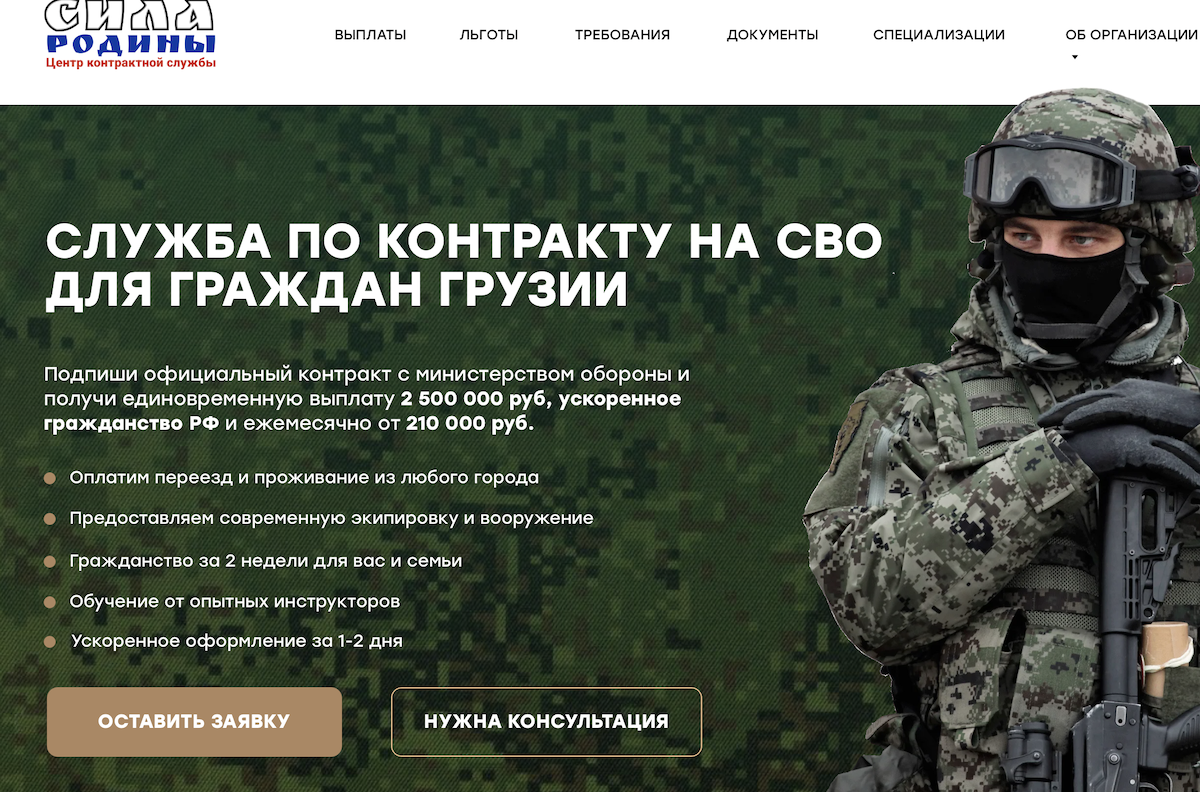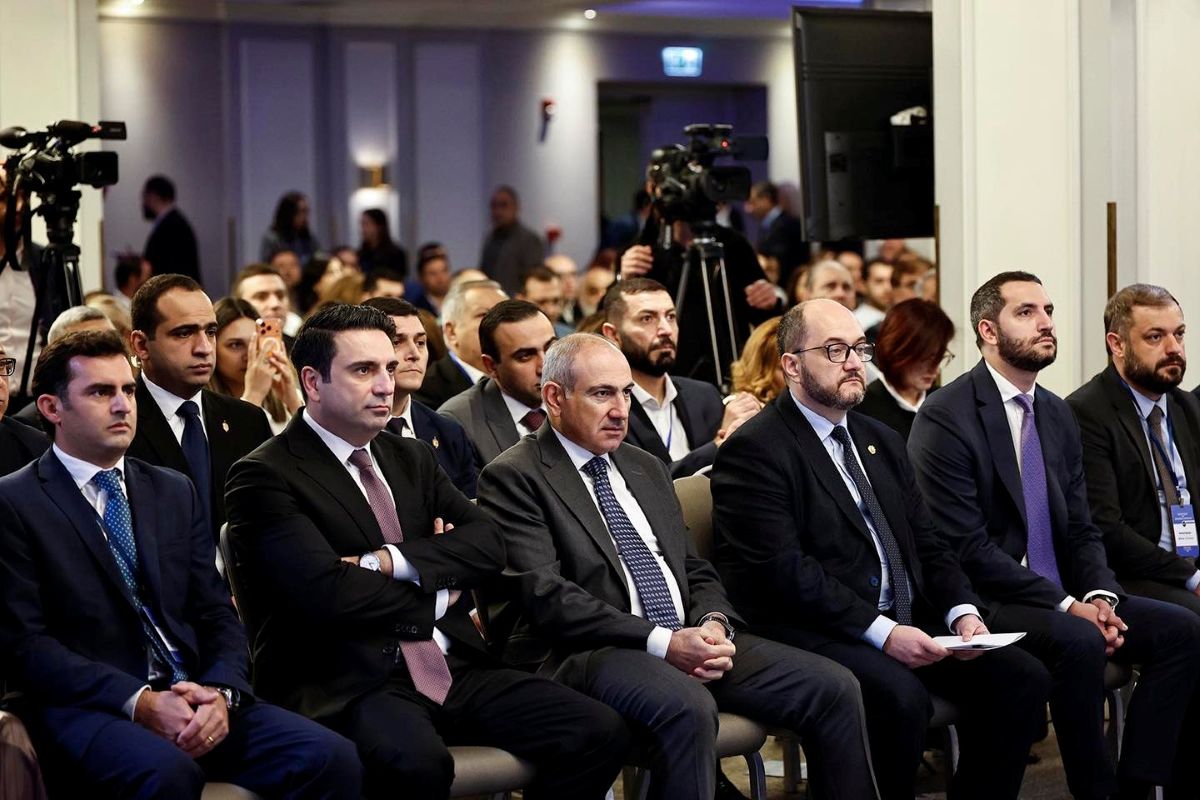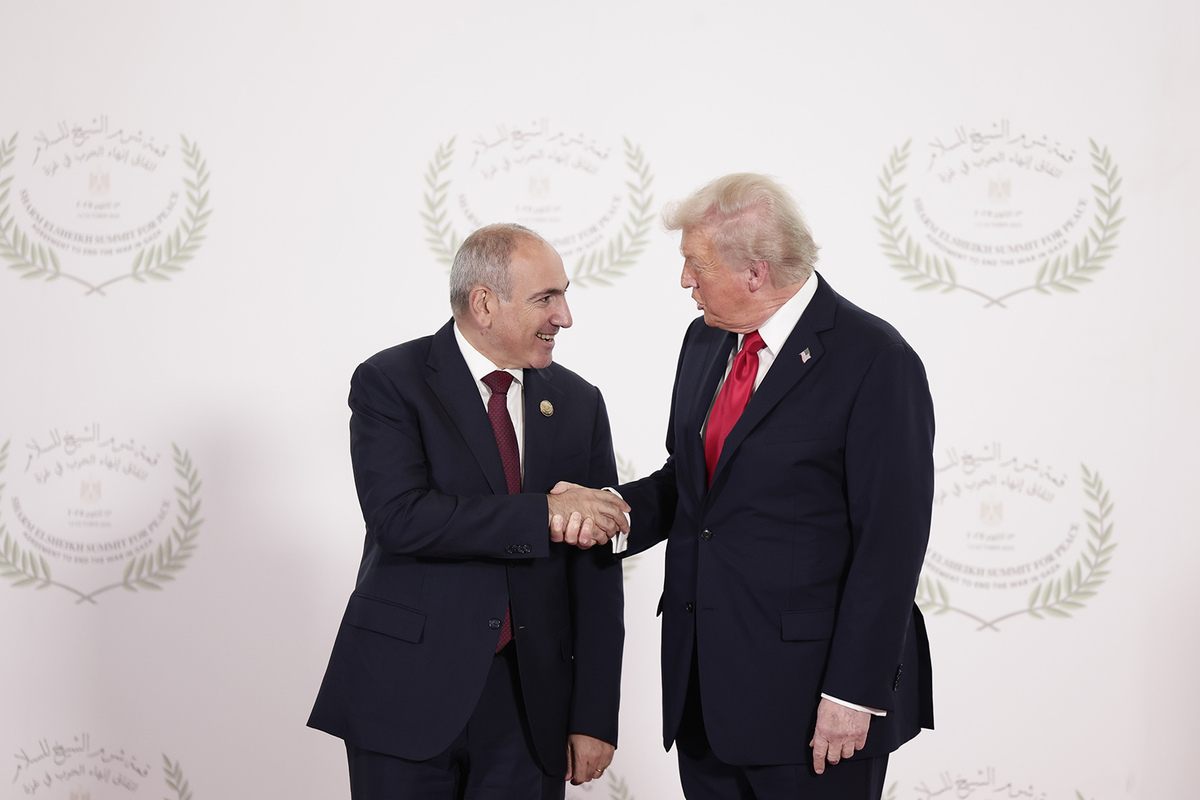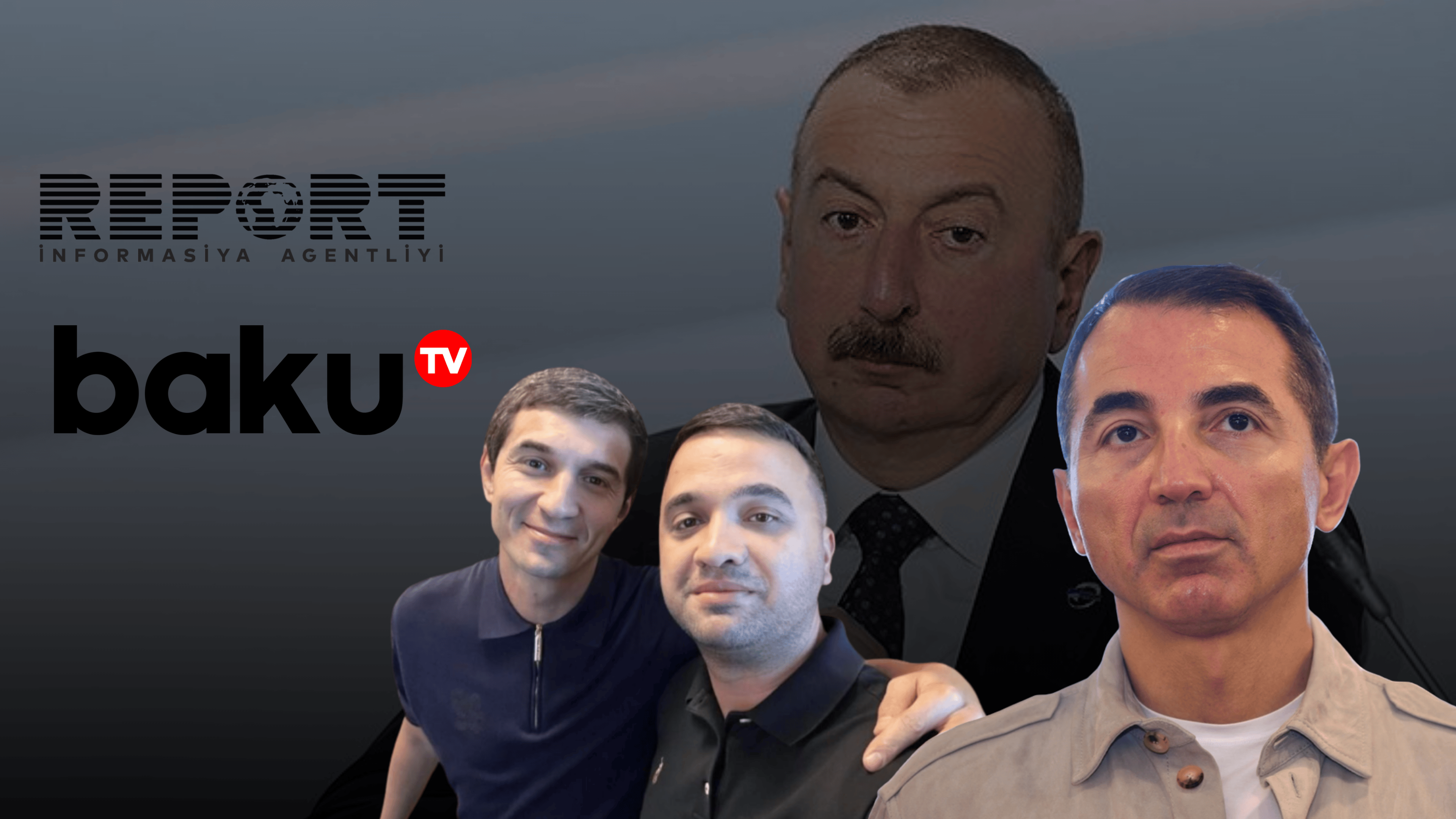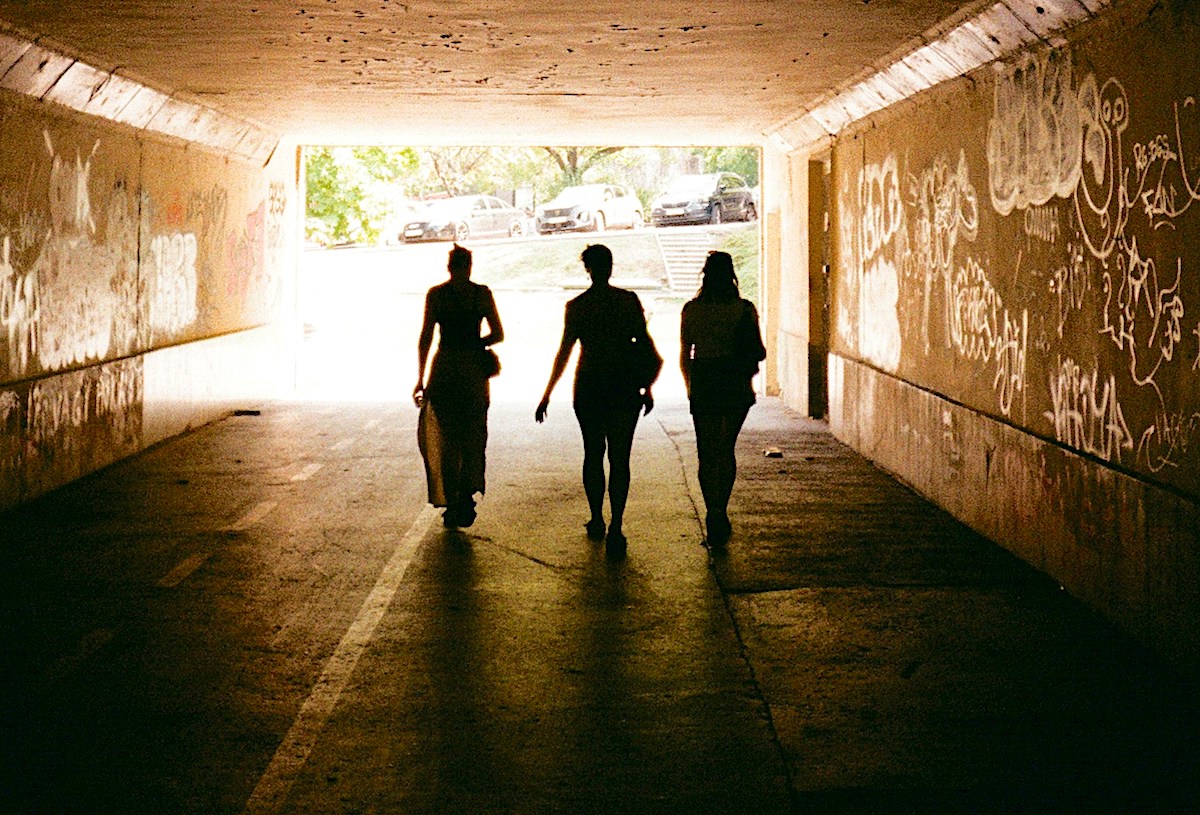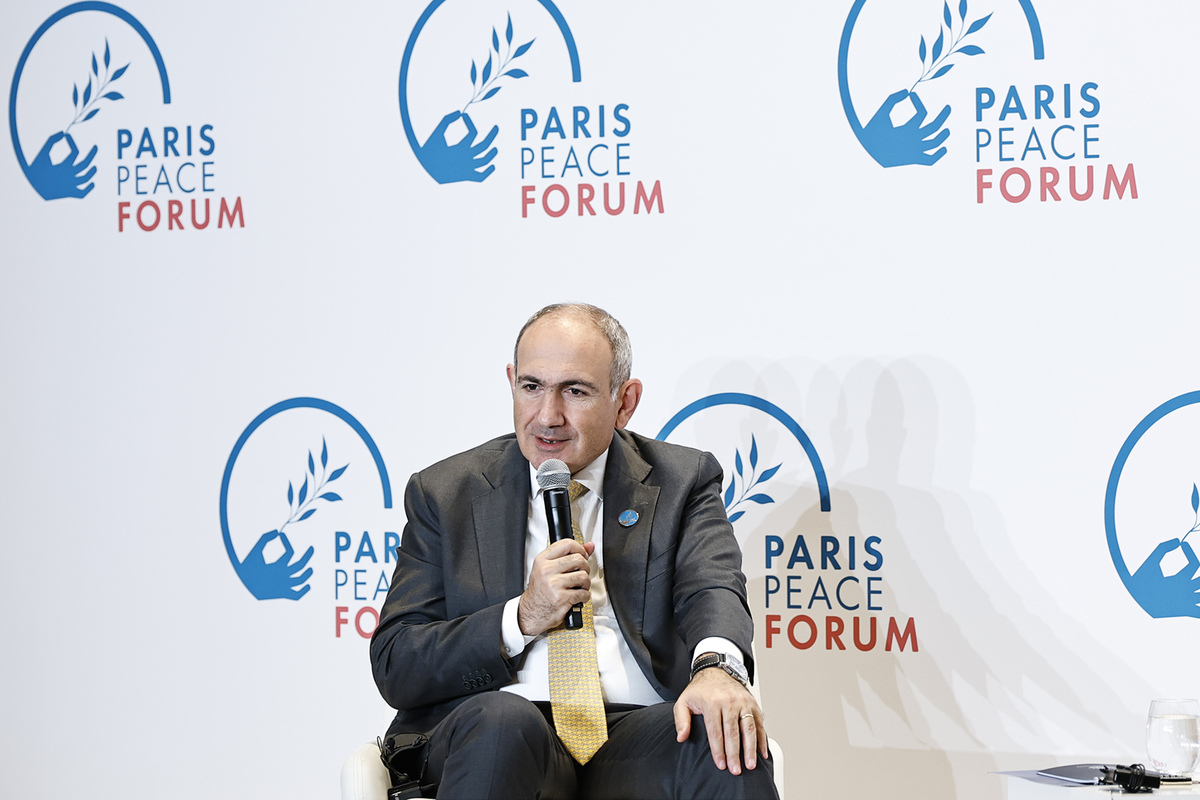In search of a brother's grave in Aghdam
In search of a brother’s grave in Aghdam
Azerbaijanis travel to a cemetery bordering Armenian settlements in Karabakh
Alif oglu had three brothers; all of them desired peace. One’s grave has been destroyed.
Despite the ugly weather, Shahlar Alif oglu does not wait for us in the car. In Aghdam, which returned to Azerbaijani control after the second Karabakh war, he stands with police officers at a checkpoint, worried. He will see his brother’s grave after thirty years.
He is glad that, unlike others’, his brother’s grave has been undisturbed, but he is saddened by the ruins of the home he left thirty years ago.
- “Why should Azerbaijan heed these calls?” Opinion from Baku
- Deposits of gold and copper. Why did the situation in Karabakh escalate?
- Stuck between Russia and Azerbaijan
Near Askeran, Templerd and Khanabad
After the 44-day war, I tried many times to get to the Garagadzhi cemetery, to get acquainted with the situation there. But because of the danger of minefields and the proximity of Armenian settlements, in order to get there special permission was required. This time it worked.
But first, about where the cemetery is located.
Garagadzhi is the central cemetery of Agdam, but it is located closer to the settlements of Askeran, Khanabad and Khramord, where the Armenian population lives. And this creates psychological tension for both peoples.

After the conflict turned into a war, the cemetery became the front, and yet even in 1992 and 1993 people were buried here.
Black marble with a special mark
For about twenty years before the start of the first Karabakh war, the tombstones of the inhabitants of the Aghdam region were made of black granite or white marble. Now not a trace remains.
It is difficult for strangers to imagine what one sees on the spot. Aga Rovshan, who accompanied us on this trip, did not manage to find his father’s grave.

At the cemetery I noticed only one tombstone, Kamal Alif oglu’s. The familiar sign for electricity was carved into the granite. Kamal was a mechanic and died by an electric shock, so they put this sign on his tombstone. A photograph of the grave was immediately sent to his relatives.
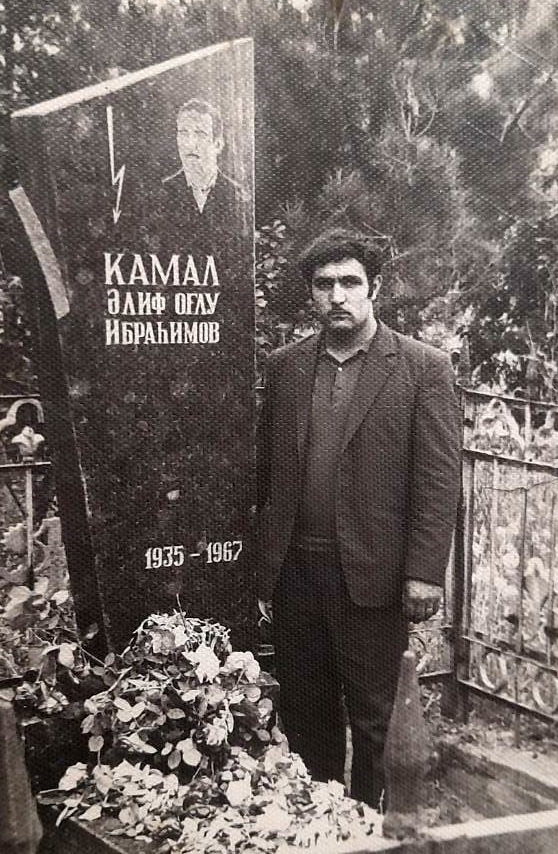
First peacemaker
Another of the Alif oglu brothers was Ibrahim. Those of the middle and older generation who were interested in the beginning of the Armenian-Azerbaijani conflict probably remember the popular TV program of the late ’80s called “Position”. Heinrich Borovik starred. An episode in 1988 spoke covered the Nagorno-Karabakh conflict.
Borovik, together with Ibrahim Alif oglu, went to visit the Armenian village of Khanabad. There, Ibrahim says that “we did not even warn anyone in advance that we would visit, because they accept us as relatives.” And so it happened. Ibrahim even jokes with the hostess of the house where they stayed.
So Ibrahim, whilst trying to achieve peace, lost his own son during this conflict.
Return
Now all the residents of Aghdam are concerned with one question – when will they be able to return to their city?
From time to time officials talk about it and give different dates. But no one can say if these proposals mean anything.
Shahlar Alif oglu, too, worries about when he will be able to return.
Few people think about another important question: “Will we be able to live together with the Armenians? How will it really be?”
Conversation along the way
On the way back, we talked about issues that concern ordinary citizens with Shahlar Alif oglu.
– What did you think when you saw the photo of your brother on his tombstone?
– I was delighted, and returned to those years.
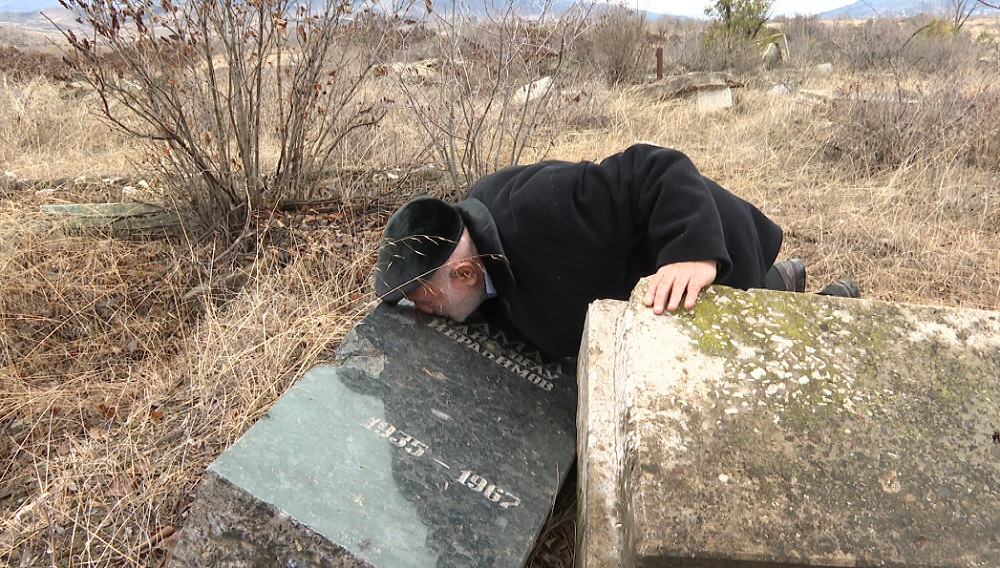
– What were your feelings when you entered the cemetery?
– I can’t express it. When I saw the condition of the cemetery, I didn’t know what to think. But at least I knew where he and the others are.
– Does it console you that you know the place of the grave?
– Of course.
– Did you have contacts with Armenians before the war?
– (smiles) Of course. Why not?
– Your brother’s performance in the “Position” program made a splash at that time.
– Then it was like that. We all had connections with Armenians. Kamal had many acquaintances among Armenians.
Hamlet, Kamal’s son, joins our conversation:
– My father had many Armenian students. Many mechanics in Karabakh once learned this business from my father. We were children when he passed away. After the war, we were contacted by my father’s students who had moved to Russia. They had not forgotten about him and honored the memory of their teacher.
– Why did it all happen?
– They lived like good neighbors. You talked about how Ibrahim went to visit the Armenians after the conflict had already begun. Here is the village of Khanabad (the village is clearly visible from the cemetery). They probably see us as we see them.
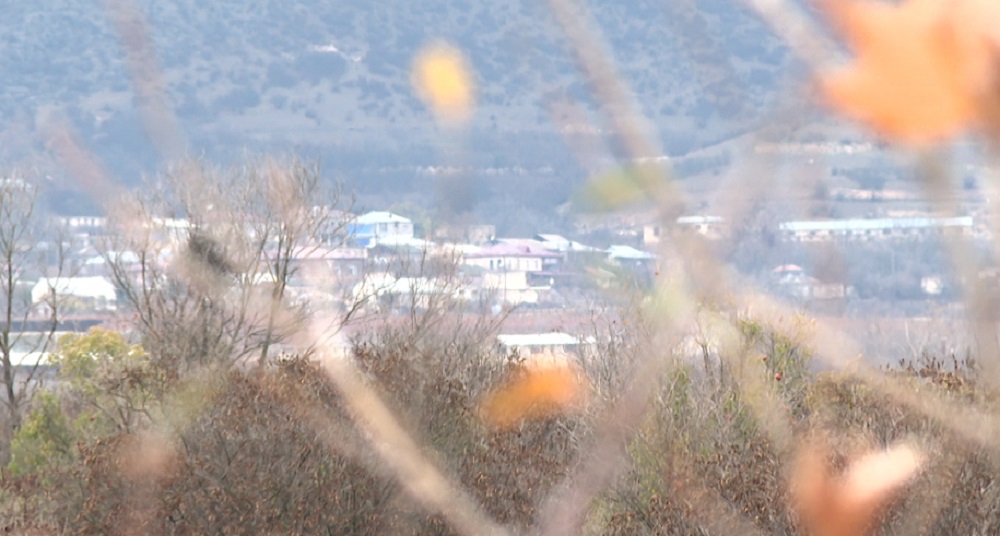
Shahlar smiles.
The cameraman says that he noticed Russian peacekeeper armored vehicles near the cemetery and goes to film them.
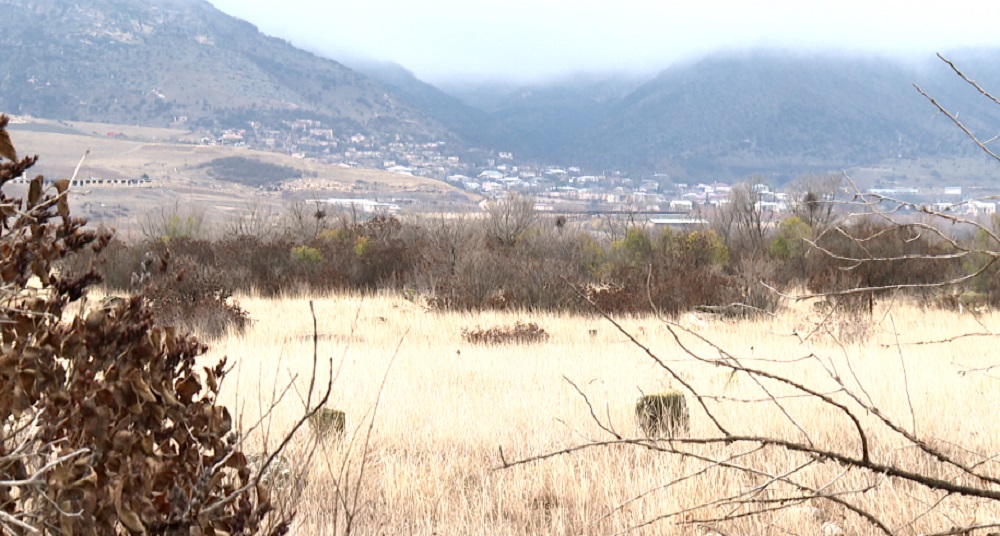
– Would you like to see one of your old Armenian acquaintances now?
– It’s tough now.
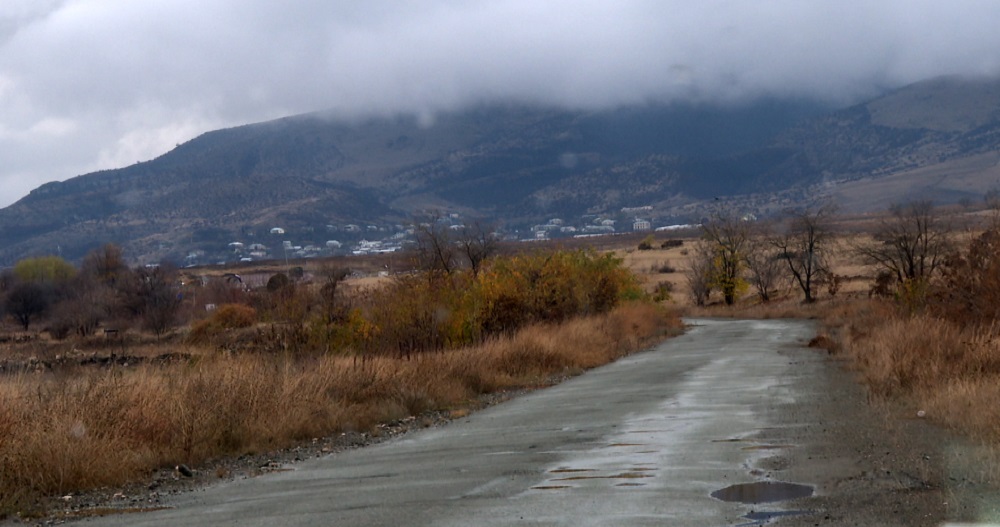
– In what way?
– Here I found my brother’s grave, although not quite preserved. I hadn’t even hoped for that. But many can’t find the graves of their parents. How can you explain all this to them?
In search of a brother’s grave in Aghdam












